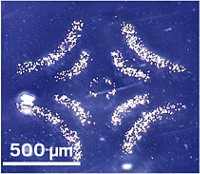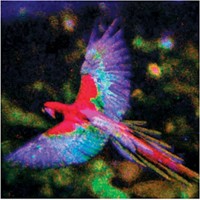Advertisement
Grab your lab coat. Let's get started
Welcome!
Welcome!
Create an account below to get 6 C&EN articles per month, receive newsletters and more - all free.
It seems this is your first time logging in online. Please enter the following information to continue.
As an ACS member you automatically get access to this site. All we need is few more details to create your reading experience.
Not you? Sign in with a different account.
Not you? Sign in with a different account.
ERROR 1
ERROR 1
ERROR 2
ERROR 2
ERROR 2
ERROR 2
ERROR 2
Password and Confirm password must match.
If you have an ACS member number, please enter it here so we can link this account to your membership. (optional)
ERROR 2
ACS values your privacy. By submitting your information, you are gaining access to C&EN and subscribing to our weekly newsletter. We use the information you provide to make your reading experience better, and we will never sell your data to third party members.
Materials
Nanocomposite Strategy Eliminates Matrix
April 21, 2008
| A version of this story appeared in
Volume 86, Issue 16
The narrow spectral width and high quantum efficiency of lanthanide spectral emission make rare-earth-doped nanocrystals good candidates for optical materials. Making composite materials with such nanoparticles requires carefully matching the properties of the particles themselves with those of the surrounding matrix material. Even with well-matched materials, problems can arise when the nanoparticle loading gets too high. Clemson University scientists John Ballato, Jeffrey R. DiMaio, and Baris Kokuoz propose a solution to this problem: They use nanoparticles (often themselves nanocomposites) that carry their own matrix (J. Am. Chem. Soc., DOI: 10.1021/ja800093p). The researchers suggest that organic ligands on the surface of nanoparticles can be cross-linked and thus function as the host material in a nanocomposite. They call their materials omnicomposites because they are formed entirely of composite nanoparticles. They demonstrated their idea using LaF3 nanoparticles with trifluororvinyl ether ligands on the surface. The nanoparticle loading in the omnicomposite is nearly 80% by weight. The stability of the omnicomposite is similar to that of traditional nanocomposites, but the omnicomposite's emission intensity is eight times higher.





Join the conversation
Contact the reporter
Submit a Letter to the Editor for publication
Engage with us on Twitter